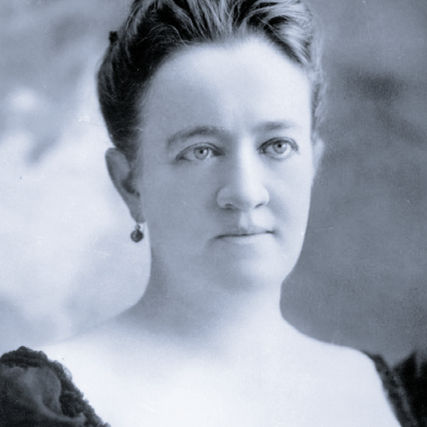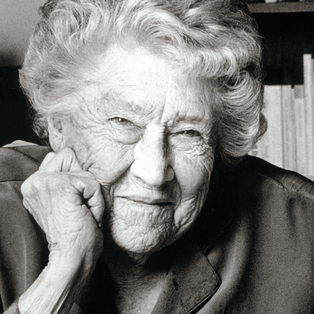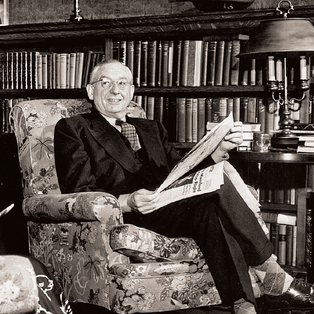Advancing Education, Business, and Law
As the population of California exploded in the late 1800s, prominent citizens recognized the need for a more coherent social and economic order for what was still in many ways a frontier community. Three of the university’s distinguished schools were established during these years: education, business, and law.

The need for instruction in “the science and art of teaching” to help teachers prepare students for university work was recognized early on, but no funds existed to start a department until 1887. Within a few years, more graduate students were studying education than any other field, and the department became the School of Education in 1913. Increasing enrollment made space a critical problem until 1924, when Hannah N. Haviland donated funds to provide a home for the school: Haviland Hall.
James Clair Flood, a partner in a San Francisco brokerage business, gambled on the Comstock Lode in 1867 and struck it rich. After his death in 1898, his daughter, Cora Jane Flood, gave the university land and $463,000 in stock to support “some branch of commercial education.” The Regents quickly voted to establish the College of Commerce, only the second such school in the United States. Miss Flood later gave her San Francisco home to the university as well, creating an endowment that today helps support the Walter A. Haas School of Business.
The study of law began in 1882, when Latin instructor William Carey Jones, Class of 1875, offered a course in Roman law. The curriculum continued to develop, and by 1903 the first three LL.B. degrees had been granted. Space for instruction and the law library were a serious problem, however. In 1906, the campus received a $100,000 gift to create a law building. Inspired by this gift, California attorneys donated an additional $50,000 to the campus.
The new School of Law was built in 1951, and today the school is called Berkeley Law. The law library was named in memory of benefactor Garret W. McEnerney ’31, J.D. ’34, who served as a Regent for more than 40 years. The stature of the library was greatly enhanced by a $13 million gift and later bequest from Lloyd M. and Beatrice C. Robbins.



